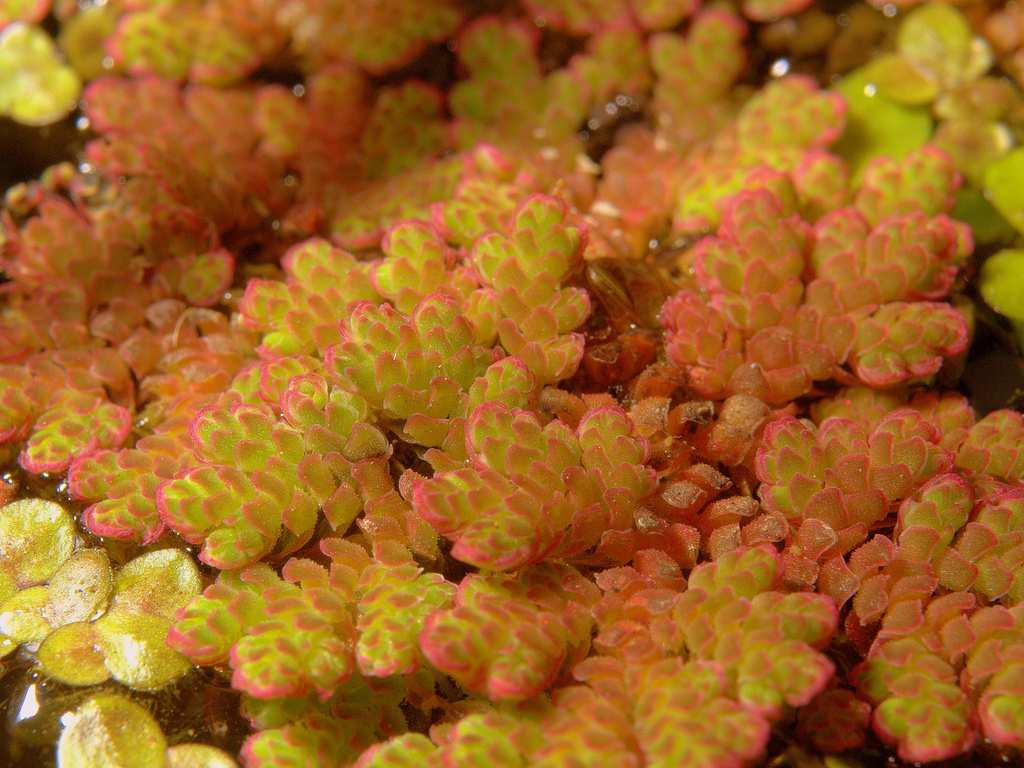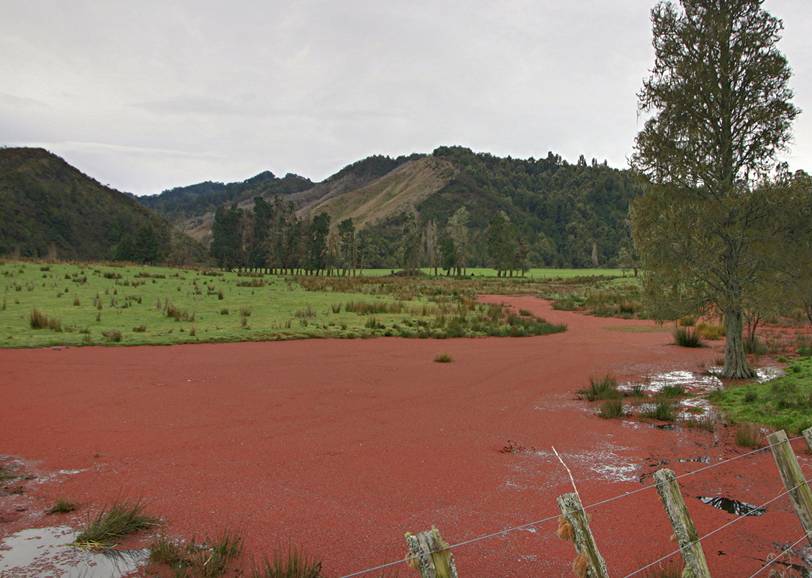

LIFE 10 NAT/ES/000582
Lucha contra las especies invasoras en las cuencas hidrográficas de los ríos Tajo y Guadiana en la Península Ibérica






Beneficiario Coordinador
Cofinanciador
Beneficiario Asociados


Colaboradores
© 2017 Consejería de Medio Ambiente y Rural, Políticas
Agrarias y Territorio - DG Medio Ambiente - GPEX
Con la contribución del instrumento financiero LIFE de la Unión Europea
Agrarias y Territorio - DG Medio Ambiente - GPEX
Con la contribución del instrumento financiero LIFE de la Unión Europea
Other languages

Autoecology
Main habitat: the water fern is present in wetlands and slow running waters, in both natural and artificial ones. They mainly grow in eutrophicated waters with high levels of phosphorous though.
Features of native and invaded ecosystems: it grows in both continental waters (ponds, lakes, marshes, streams, …) and artificial ones (cannals, irrigation ditches, reservoirs, etc.), as well as in more or less stagnant waters.
Breeding season: this species usually reproduces in the same areas it invades, through megasporangia and microsporangia phases. Sexual reproduction is almost nonexistent, and consists in the formation of prothallus on floating spores, which is an essentially aquatic life cycle. It also reproduces in a vegetative way by stem fragmentation.
Water fern (Azolla filiculoides)
Species description
Small floating water fern native to America, which spreads from Southeastern North America to Southern Brazil, Argentina, and Uruguay.
Its stems may grow up to 15 cm long, which are distributed dichotomously, totally covered in leaves full of papillae. It has got simple and numerous brown-colour roots around 6 cm long, which are not fixed to the substrate.
Its bilobate imbricate leaves are 1-2 mm long, with a wide hyaline margin, whose upper lobe is covered in papillas. Its colour may vary between green in summer, and red or purple in autumn and winter months.
Megaspores are divided up into three parts, and microspores are grouped in a mucilagenous mass. It maintains symbiotic relationships with the cyanobacteria Anabena azollae present in its leaves, which makes it possible for it to live in nutrient-poor waters due to A. azollae's capacity to fix the atmospheric nitrogen.
Species description
Small floating water fern native to America, which spreads from Southeastern North America to Southern Brazil, Argentina, and Uruguay.
Its stems may grow up to 15 cm long, which are distributed dichotomously, totally covered in leaves full of papillae. It has got simple and numerous brown-colour roots around 6 cm long, which are not fixed to the substrate.
Its bilobate imbricate leaves are 1-2 mm long, with a wide hyaline margin, whose upper lobe is covered in papillas. Its colour may vary between green in summer, and red or purple in autumn and winter months.
Megaspores are divided up into three parts, and microspores are grouped in a mucilagenous mass. It maintains symbiotic relationships with the cyanobacteria Anabena azollae present in its leaves, which makes it possible for it to live in nutrient-poor waters due to A. azollae's capacity to fix the atmospheric nitrogen.
Geographical distribution in the project area
Impact
Ecological: water masses covered by water fern show cases of anoxia, as well as a decrease in light of the water column, which has a subsequuent impact on native freshwater fauna and flora. It produces a great amount of organic waste, causing cases of water eutrophication. Its atmospheric nitrogen-fixing capacity contributes to a higher eutrophication of invaded waters.
Socio-economical: this plant is used as fertilizer in rice crops due to its symbiotic relationship with the cyanobacteria Anabena azollae. The accumulation of individuals may cause problems in hydraulic facilities, as well as in fish populations, this fact leading to economic losses.
Affected processes, communities or species: vegetal and animal species related to slow running waters.
Ecological: water masses covered by water fern show cases of anoxia, as well as a decrease in light of the water column, which has a subsequuent impact on native freshwater fauna and flora. It produces a great amount of organic waste, causing cases of water eutrophication. Its atmospheric nitrogen-fixing capacity contributes to a higher eutrophication of invaded waters.
Socio-economical: this plant is used as fertilizer in rice crops due to its symbiotic relationship with the cyanobacteria Anabena azollae. The accumulation of individuals may cause problems in hydraulic facilities, as well as in fish populations, this fact leading to economic losses.
Affected processes, communities or species: vegetal and animal species related to slow running waters.
Pathways of Introduction and Expansion
Current use in Spain: it is used as an ornamental plant in aquariums and ponds.
Main dispersal vectors: it spreads through freshwater
Current use in Spain: it is used as an ornamental plant in aquariums and ponds.
Main dispersal vectors: it spreads through freshwater
Tolerance to environmental stress factors: its growth strictly depends on phosphorus concentration in water.


Azolla filiculoides - © Brian nc

Azolla filiculoides - © Steve H

Resistance to Pollution: High.
Resistance to High Temperatures: High.
Resistance to Salinity: Medium-High.
Resistance to Frosts: Low.
Resistance to Draught: Very Low.
Resistance to Insolation: Medium-High.
Resistance to Floods: High.
Resistance to Intense Shading: Low.
Resistance to High Temperatures: High.
Resistance to Salinity: Medium-High.
Resistance to Frosts: Low.
Resistance to Draught: Very Low.
Resistance to Insolation: Medium-High.
Resistance to Floods: High.
Resistance to Intense Shading: Low.
























